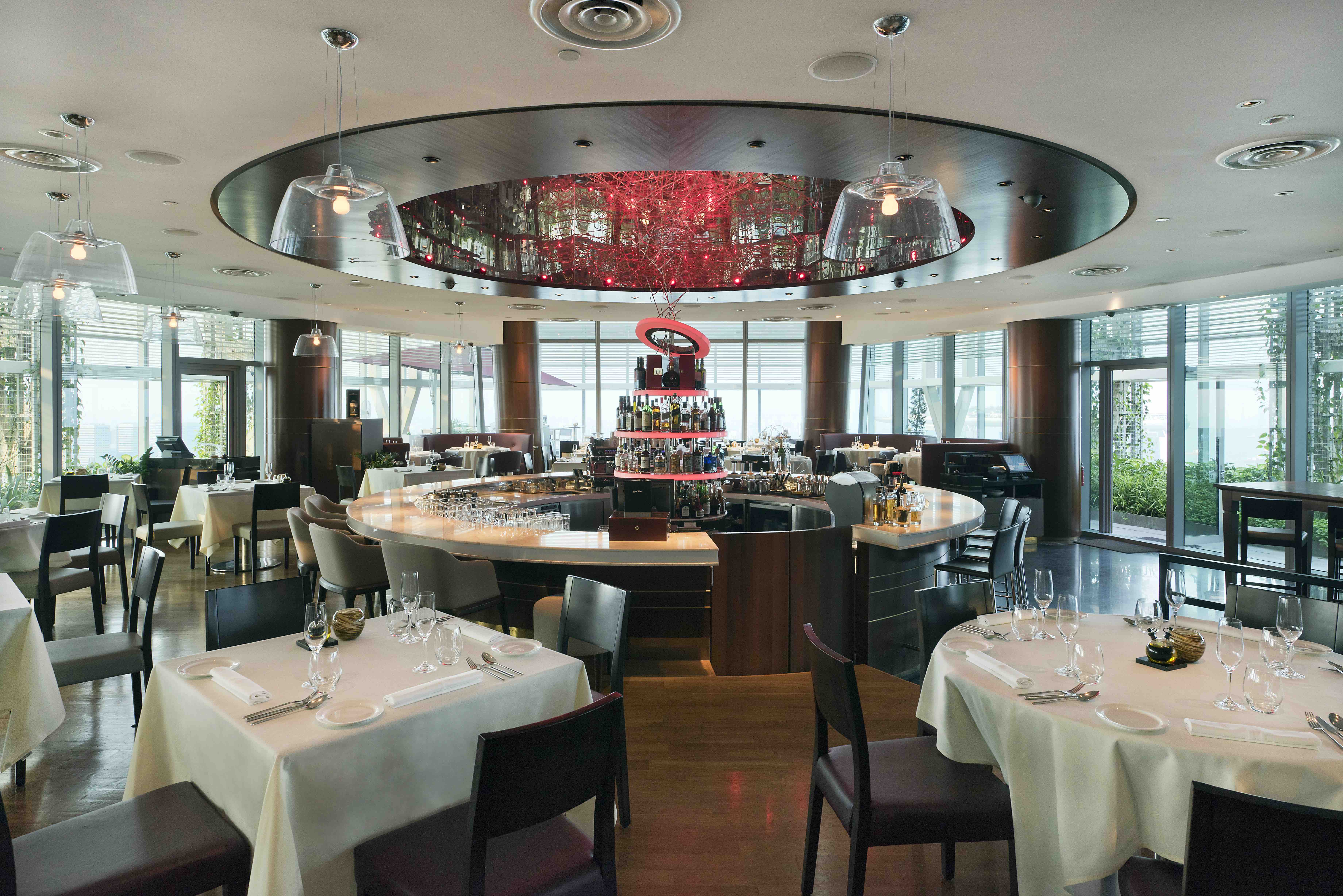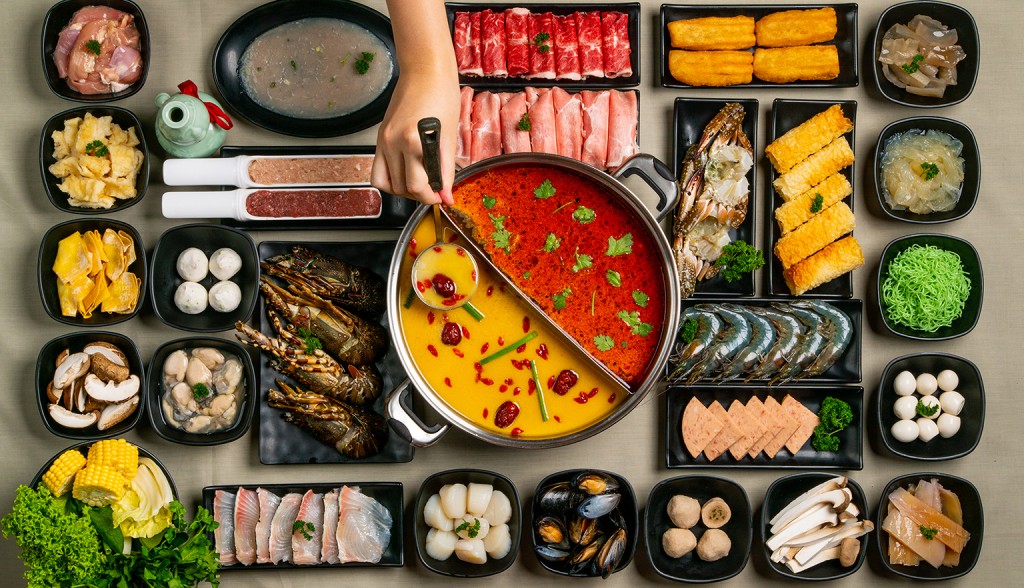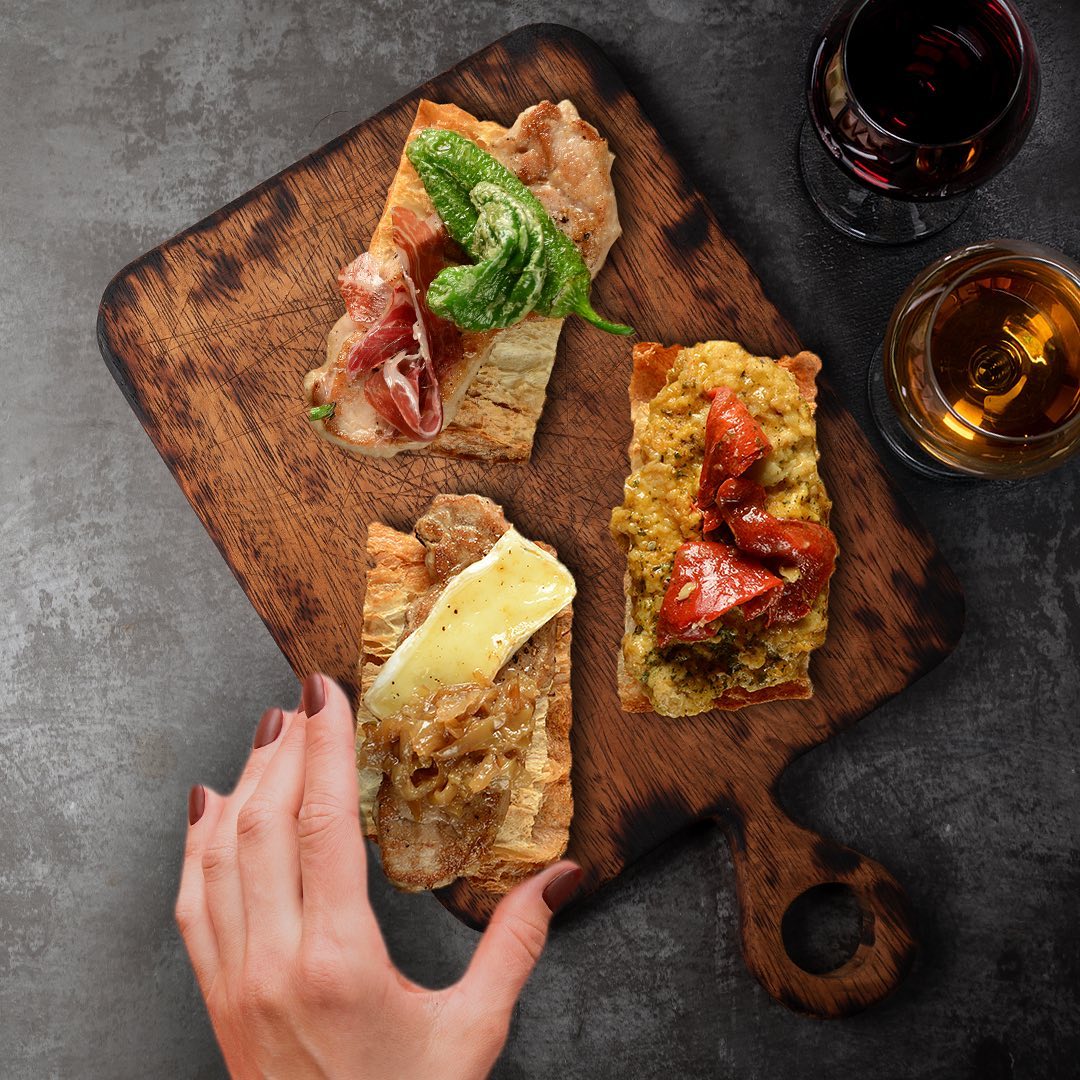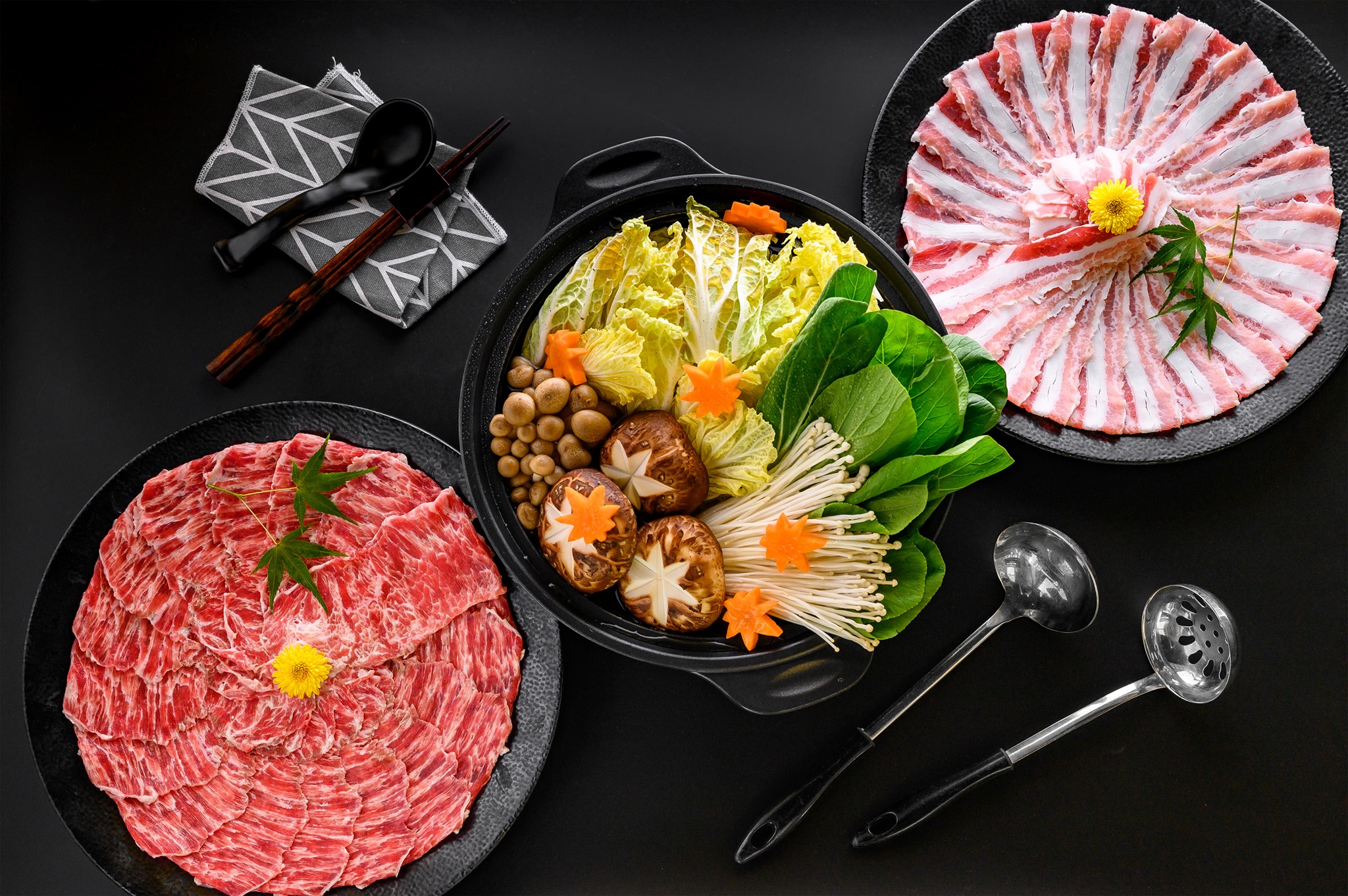How different is the menu at the Japanese outlets versus the one here?
Masahiko Teshima: In terms of taste, the ramen is almost the same. But the big difference is that in Fukuoka and Tokyo, we sell other products, and people come to the restaurants to eat yakitori and drink. Then, they end dinner with ramen.
Do you plan to expand the menu?
MT: We need to achieve a high standard of consistently with the ramen, and then we move on to the yakitori and wines.
Ignatius Chan: It’s what Teshima says, it’s step by step. Before you can walk you shouldn’t run. When we first started there were only two things on the menu: Uma Uma Ramen and spicy ramen. Now, we have six.
What’s the difference between the Singapore and Japanese markets?
MT: The large difference between Singapore and Japan is that in Japan, people expect a really thick pork-based soup. But people in Singapore want it to be healthy and not oily. So we also respect their preference and adjust it. But it’s very similar.
What were the biggest challenges you faced starting this business?
MT: The largest concern I had was using ingredients in Singapore to make the ramen taste like it would in Fukuoka. Taste preferences are always changing.
IC: When we started, we made the thick collagen-rich stock and the noodles were smooth, white and fine; almost like Chinese la mian. And when we opened, everybody tasted and loved it. Then, two months later, everyone said the soup is too rich and then we toned it down and people complained. Even in a small country. We have inconsistent commentary. We have to trust our own taste or make new products to suit the market.
Have you thought about introducing a ramen order sheet so people can specify their preferences?
IC: Truthfully, when I go to those places that have the sheets, I don’t taste a difference in my ramen. I tick “firm” but the noodles still come out soft. For me, it’s more a gimmick.
Masahiko Teshima and Ignatius Chan run noodle specialist Uma Uma Ramen.





